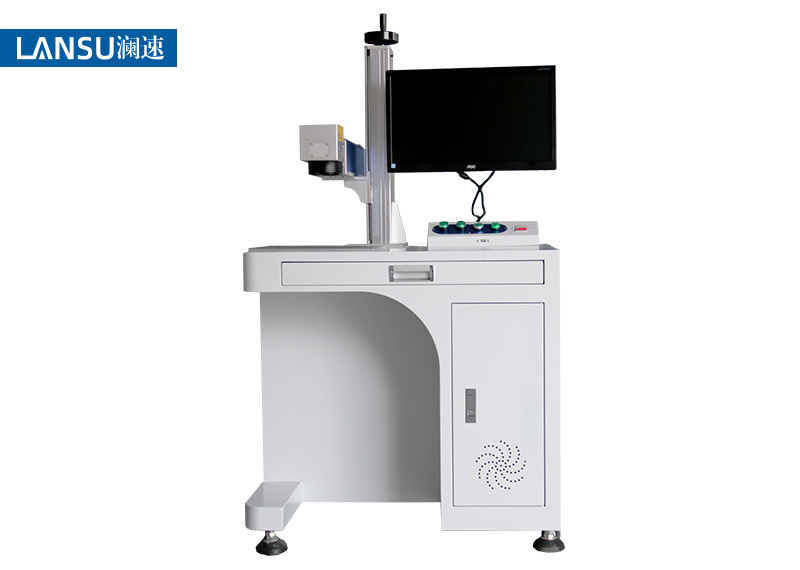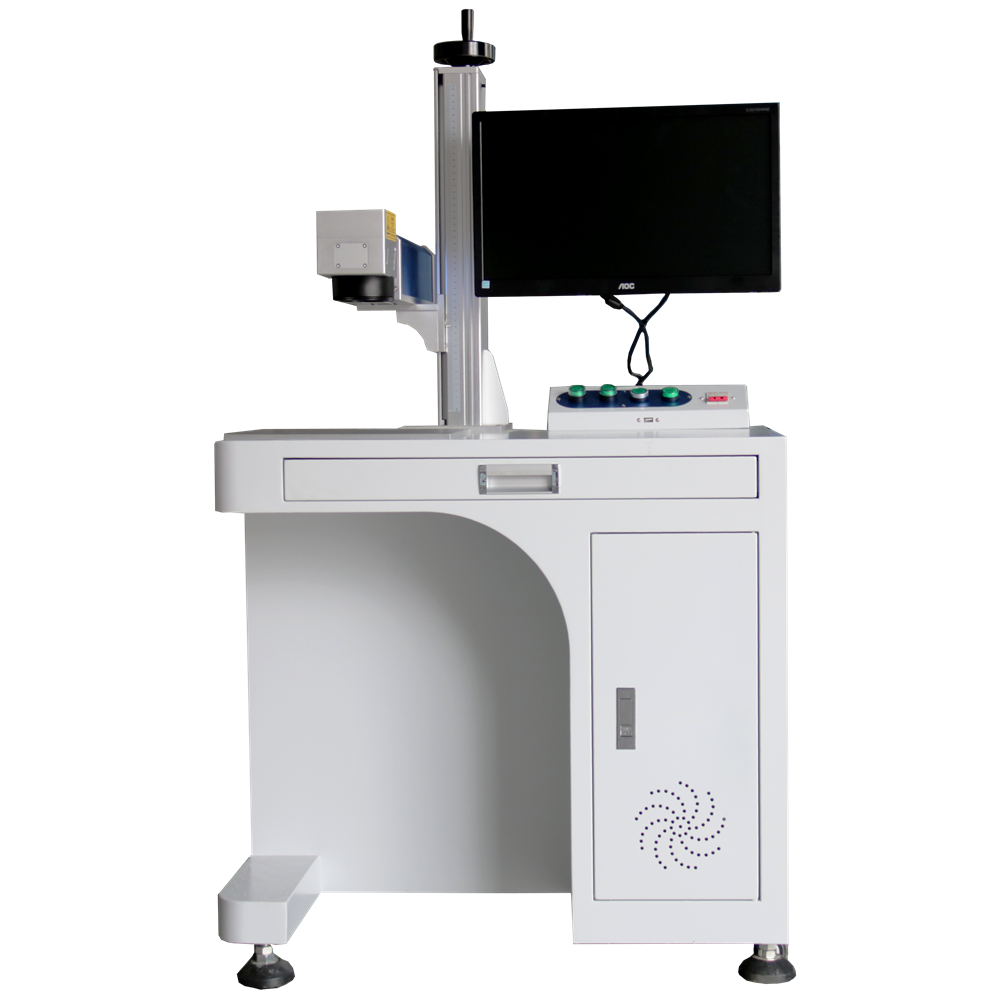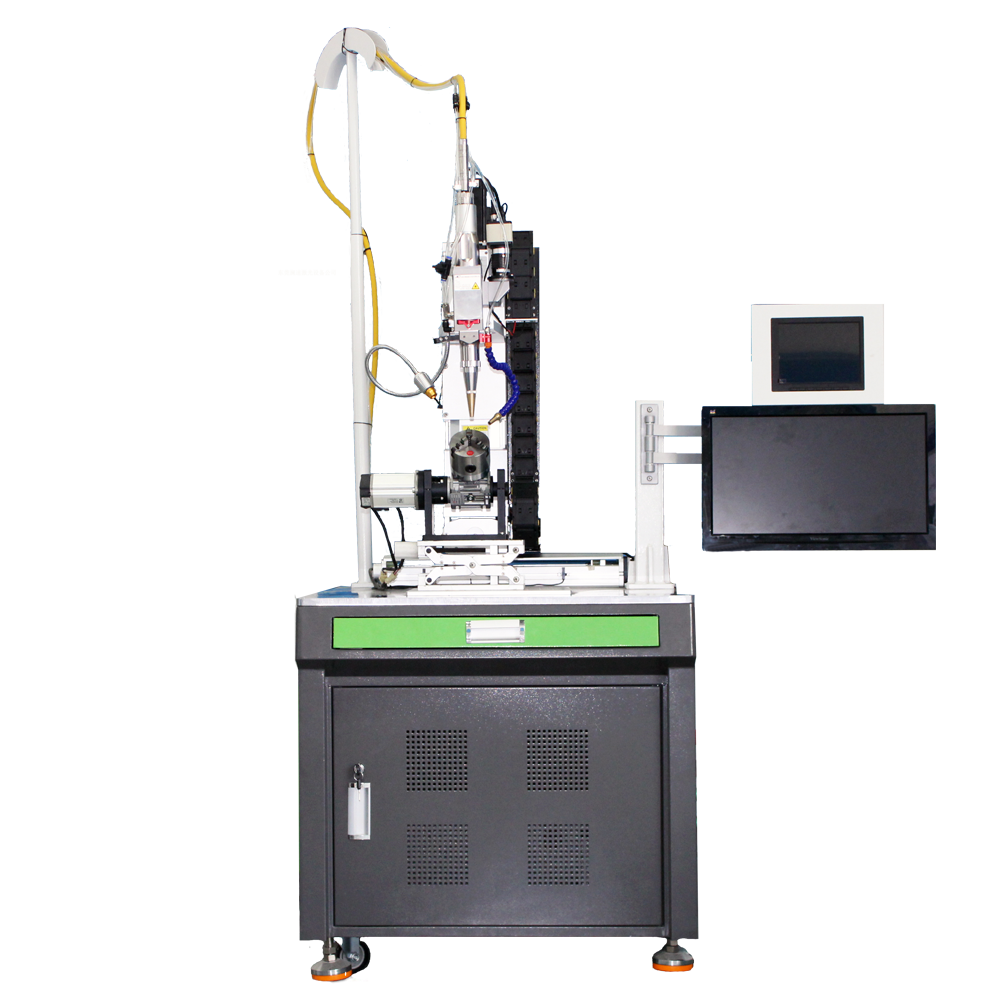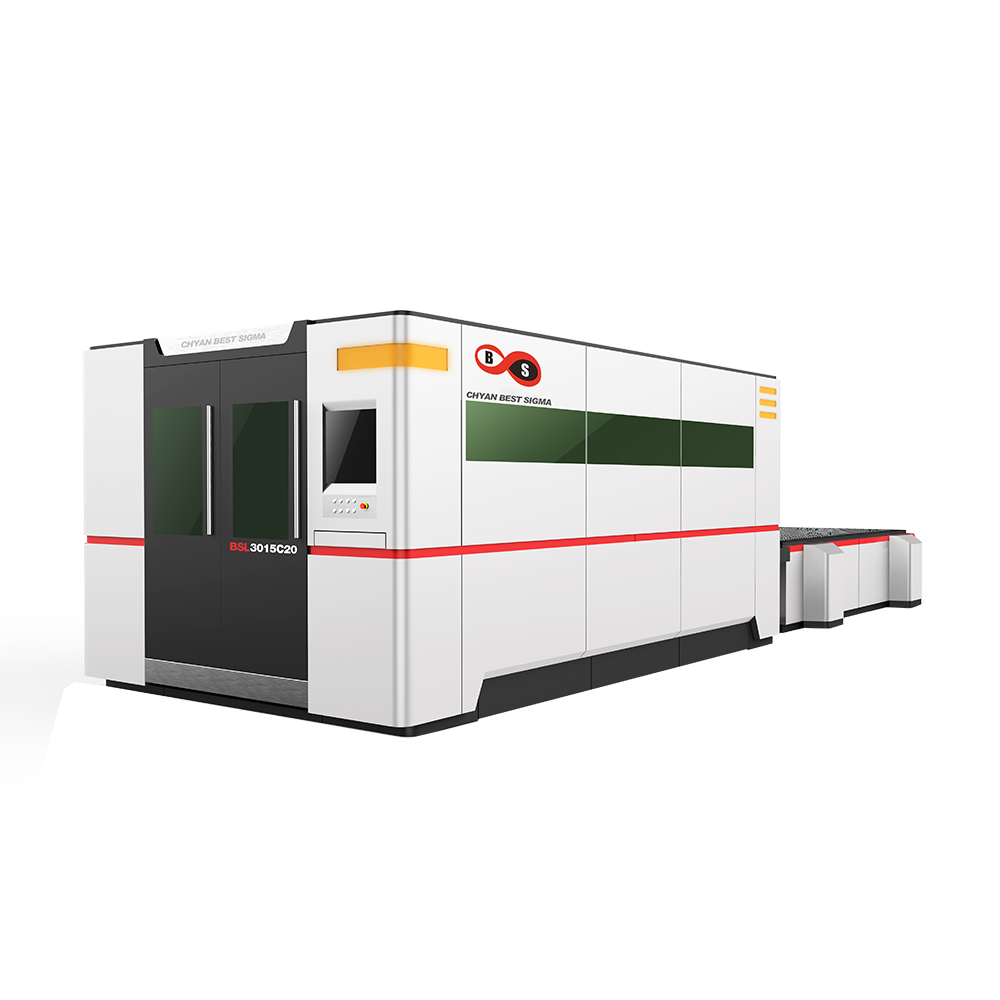Analysis of signal interference factors of laser marking machine
Analysis of signal interference factors of laser marking machine
When the laser marking machine has a signal interference failure, it will appear that the marking machine is set with a straight line marking in the computer, but the wavy lines are printed. The laser marking machine hits the wave. It has been encountered before, but it is often caused by signal interference. The main factors that interfere with the amplitude mirror signal are laser power and acousto-optic driver. Find out the source of the effect.
It is recommended to try whether the lines scanned by the indicator light appear wavy when the power driver of the laser marking machine is not turned on. In the case of confirming that the previous steps are not disturbed, first pneumatically power the laser and see if any wave phenomenon occurs. Then increase the output power of the laser power of the laser marking machine gradually and observe the drawn lines. Then start the acousto-optic drive to observe, at which step the wave phenomenon occurs, it is basically possible to determine where the interference comes from.

The following are some solutions to solve the signal interference of laser marking machine:
1. Install a power filter to reduce the interference from AC power to the equipment.
2. Use shielded wires to reduce outside interference to yourself or yourself (power line) to outside interference.
3. "One point ground" principle. Ground the laser marking machine power filter ground, the driver PE (ground) (the drive is insulated from the chassis bottom plate), the control pulse PULSE- and the direction pulse DIR- shorted lead wires, the motor ground wire, the cable between the drive and the motor The protective sleeve and the shielded wire of the driver are connected to the grounding post on the chassis wall, and they are required to be in good contact.
4. Try to increase the distance between the laser marking machine control line, power lines (L, N), and motor drive lines to avoid crossovers. For example, we are dealing with two drive installation positions in a unified chassis in a two-axis drive system. One drive has the nameplates facing forward and the other facing backwards, making these leads as short as possible in the structural arrangement.






